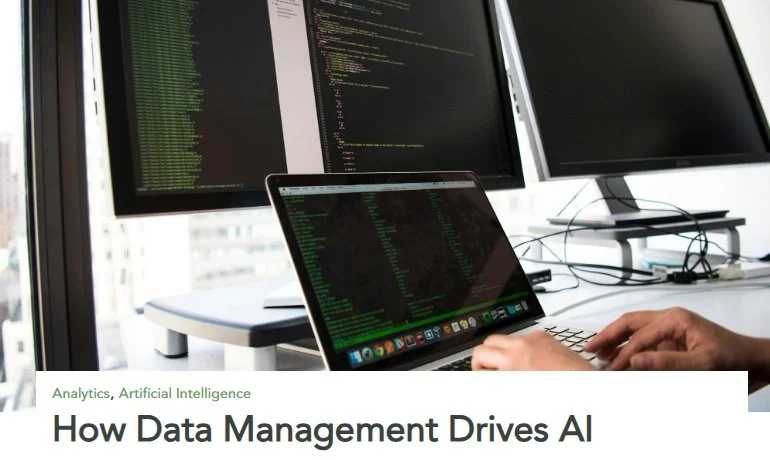How Data Management Drives AI
Technology helps agencies work more efficiently and effectively, and AI tools, in particular, are uniquely powerful. Whether generative AI (GenAI), natural language processing, machine learning (ML) or another AI option, these tools can transform how organizations engage with the public. the foundation of AI is data — high-quality, accessible and secure. Think of a pyramid, Steel said. The top 10% or 20% is AI. Everything below is data and data management.
Welcome to the Real World of AI
What a difference a few months make! While there’s still plenty of enthusiasm about the potential of generative AI (GenAI), investors and the tech press have grown increasingly skeptical of some of the most exorbitant claims. At the same time, down-to-earth, practical applications are proving their value. So, what does that mean for government users? Maybe that agencies have been doing it right all along. In this guide, we’ll share some of the latest thinking about AI, along with a half-dozen examples of how government — from cities and states to federal agencies — are taking advantage of the power of this new technology.
A Fresh Look at Data
Data is now vital to how government serves the public and fulfills its mission. This guide is the first of three in 2024 that will explore ways agencies can use data now and, in the future.
Data has become an essential tool of government, driving how agencies serve customers, manage employees and track the programs' success. Increasingly, it serves as the basis for automating processes, using artificial intelligence (AI) and setting policy. To take advantage of all that data can do, agencies must refresh their data strategies. They need to address governance in more systematic ways, investigate new use cases, and make the connection between policy and data analysis.
In this guide, we share some ways governments are updating their data approaches, and we hear from experts in the field. We hope you’ll find incentives to revitalize data’s role in your agency.
AlphaSix Qato uses machine learning to detect and visualize anomalies in massive data sets, allowing you to sift through data collected over long periods of time. Because Qato is based on an open, scalable architecture, its data is accessible to multiple analytic tools.
Watch the video “Next-Level Network Security: How to Detect Hidden Threats” or click above for more details.
AlphaSix + HPE
Decision-makers are everywhere in government. They cross the range of pay scales and roles, experiences and skills. And to complement their professional judgments — big or small — data has become the most essential companion.
AlphaSix and HPE team up to provide solutions for your Data-Driven Decision-Making organization.
Data Analytics: Leveraging Information to Drive Your Mission
Mark Hughes, Chief Strategic Programs Officer at AlphaSix, discusses how we excel in the field of data analytics while enabling our customer’s mission requirements.

Extracting Mission-Critical Knowledge From Big Data
Government agencies have access to vast volumes of data. However, data availability is not enough, not if agencies can't generate mission-critical insights. So, how can agencies get to the point of analysis? This video will cover five steps for getting big value out of big data.
Learn more at https://government.b2b.hpe.com/hpe/









